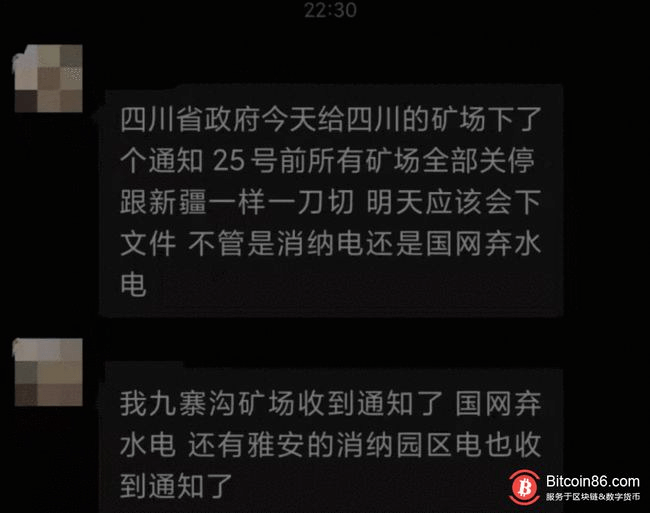Artificial intelligence (AI) participates in drug research and development, and there are two usual entry points. The first, and most direct, is design and generation, such as de-novo de-novo design structure, molecular fragment growth, skeleton transition, etc., which can generate large molecular databases for development options; the second is classification and regression, such as Predict the toxicity of the molecule, the oil-water partition coefficient, and the strength of the target binding. They can prompt developers which molecules to continue to promote. The vast majority of AI+ drug research and development companies are focused on solving these problems.
In fact, drug delivery is also a very important issue in the chain of new drug development. Especially when we use drugs developed using advanced molecular biology strategies, such as macromolecular drugs, gene therapy drugs, etc., safe and efficient delivery is considered essential.
Moreover, according to NIH data, both large-molecule drugs and small-molecule drugs may have serious side effects due to their interaction with non-target targets. Such side effects caused by off-target severely limit the development of drugs, especially the development of the best therapeutic drugs for cancer, neurodegenerative diseases and infectious diseases.
Therefore, the research needs of drug delivery are urgent and will definitely attract more and more attention. Already, AI biotechnology companies have begun to deploy in this field.
One
Solving the problem of drug delivery requires AI technology
At present, the research on drug delivery systems can be divided into four main directions: ①The way of delivery; ②The carrier of delivery; ③The loaded drug; ③The means of targeting.
Among them, the delivery vehicle is an important research direction. More and more clinical studies, and even drugs that have been approved for marketing use viral vectors such as adeno-associated virus (AAV) and lentivirus, or lipid nanoparticle (LNP) vectors. For example, the mRNA vaccine for the new coronavirus uses the LNP vector, and the gene therapy drug Zolgensma for the treatment of spinal muscular atrophy uses the AAV vector. However, issues such as the safety of the carrier, immunogenicity, and the ability to load drugs still need to be solved urgently.
Targeting means is another important research direction. For example, how to successfully transport drugs across the blood-brain barrier to the brain is critical to the treatment of brain diseases such as brain tumors, Alzheimer’s disease and Parkinson’s disease. Moreover, the target requirements of delivery will become more and more refined, not only targeting to various organs (heart, lung, brain), reaching tissue types (muscles, nerves), reaching disease-specific cells, and even targeting The correct structure inside the cell. Such research means that it is possible to accurately deliver chemotherapeutic drugs to tumor cells, which will greatly reduce the side effects of traditional drugs.
Therefore, drug delivery is not only to connect the inherent characteristics of drugs, but also to face the complex problems of multiple variables in different microenvironments of the human body. AI technology has natural advantages in managing big data, analyzing or interpreting complex data. With the development of machine learning, especially neural network algorithms, it is natural for artificial intelligence to participate in research in the field of drug delivery.
two
Introduction of domestic and foreign startups
1. Dyno therapeutics
Dyno was established in 2018, focusing on the use of AI technology to develop AAV vectors for gene therapy. In May of this year, Dyno announced that it had completed a $100 million Series A financing. Natural AAV is easily recognized by the immune system, and it does not have specific cell and tissue targeting, so it must be modified before treatment. The traditional modification method is “directed evolution”. Synthetic biologists randomly mutate a certain amino acid on the capsid protein that is in direct contact with the target cell, and then evaluate whether this change is helpful for AAV targeting the target tissue. Repeated iterations Such a cycle of mutation-evaluation-superimposed mutation-re-evaluation. In view of the large sequence space of the capsid protein, this project is arduous and lengthy, the screening ability is far from keeping up with the market demand, the speed of discovery is slow, and the output is also limited. Therefore, as soon as Dyno appeared, it attracted the attention of many gene therapy companies. Novartis and Dyno signed a cooperation agreement to jointly develop a new type of AAV vector for gene therapy of severe eye diseases; Sarepta and Dyno signed a cooperation agreement to jointly develop a new type of AAV vector for gene therapy of muscle diseases; Roche’s Spark also signed a cooperation agreement with Dyno to jointly Develop new AAV vectors for gene therapy of central nervous system diseases and targeted liver delivery. These cooperations are expected to bring a total of more than $3.8 billion in funding for Dyno. Figure 1 The technical process of Dyno therapeutics (source: the company’s official website, compiled by Fengshuo Ventures) As shown in the figure above, Dyno’s technology platform combines machine learning algorithms with biological experiments. First design a batch of AAV capsid sequences, and build a DNA-encoded capsid database after synthesis; through next-generation sequencing methods, the capsid mutations in the library can be tracked and identified; experimentally measured parameters that are critical to successful treatment, such as delivery The five parameters of efficiency, specificity to the target, immune system response, packaging size and manufacturing characteristics; based on these experimental data, train machine learning models to predict the function of the new sequence, and construct a panoramic map of the different properties of the AAV capsid . Continuously looping this process, the panoramic map outlined by machine learning will become more and more detailed. In the end, it can be achieved that for a certain disease, a certain potential treatment method, Dyno inputs the required parameters, and the machine learning algorithm can output the predicted capsid sequence. This is the AAV vector that is expected to achieve the best therapeutic effect. 2. Jitai Medicine Jitai Pharmaceutical was established in 2020 and was incubated by Jingtai Technology, an AI drug crystal form research and development company. As the first AI-driven pharmaceutical formulation development start-up company in China, the company completed a Pre-A round of financing of tens of millions of dollars in December 2020. Jitai Pharmaceutical focuses on drug delivery and formulation research and development, and is committed to using AI technology to solve specific problems in the development of new drug preclinical formulations and drug delivery design to the entire chain of process amplification. It has reached strategic cooperation agreements with Huahai Pharmaceutical and Boten Pharmaceutical . From the establishment of Jitai Pharmaceutical, it can clearly reflect the guiding role of domestic pharmaceutical policies on the market. Centralized procurement with a large amount reduces the profit margins of domestic generic drugs, forcing relevant pharmaceutical companies to find innovative ways, or to develop independent innovation drug research and development with high risk and investment, which may take 10-15 years; or to carry out the second category of preparations Research on new drugs, such as cooperation with Jitai, may only take 3-5 years to enter the market at a lower cost. Therefore, at present, Jitai Pharmaceutical will mainly use AI technology and quantum chemistry calculation methods to complete the development of customized complex formulations for traditional pharmaceutical companies. At the same time, the AI design platform of the LNP carrier was built, with a view to providing carrier services for many domestic nucleic acid drug research and development companies. Concluding remarks At present, there have been relatively many studies on the delivery of traditional drugs in the body using machine learning. In the future, more research needs will focus on new drugs and precision treatments. Nowadays, gene therapy is still subject to the biggest bottleneck-the “vector”. The situation is no different from decades ago. Dr. Jim Wilson, the pioneer of gene therapy, feels “embarrassed” about the entire viral vector research. Maybe it’s because we don’t understand enough knowledge? Maybe it’s because we are not getting knowledge fast enough? And AI technology can bring us more and more effective information from a perspective different from human thinking, improve our knowledge base, promote the development of drug delivery technology, and help all kinds of new therapeutic drugs to achieve their due Good treatment effect. Disclaimer: The above content is for reference only and does not constitute investment advice




























































You must log in to post a comment.